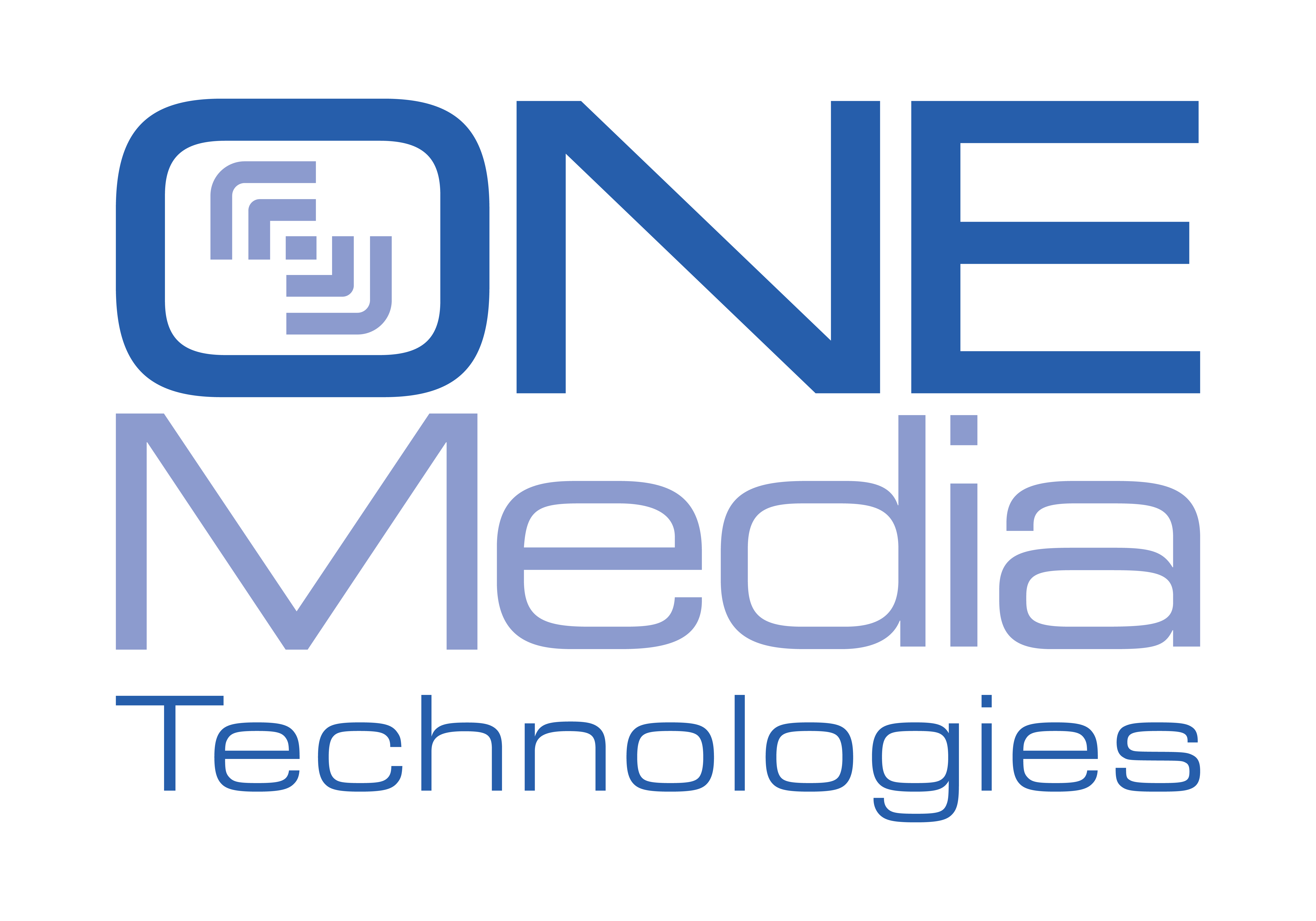America’s data pipes are increasingly at risk of clogging. Buffering alone chews up billions of hours per year. ATSC 3.0 data broadcasting, which can deliver large files to a million or more moving receivers with a single transmission, can help alleviate this.
“If you’re only sending out small, individual data files, it might be more efficient, but you may not need the broadcaster, but data delivery is vast,” said Josh Weiss, CEO of B2B data delivery provider ARK Multicasting.
Consider a 100 Gb xBox game update delivered to 1 million users, he said. That’s 100 million Gb of data traffic over an ISP network, or a single 100 Gb transmission over ATSC 3.0.
Weiss was among several innovators featured in a recent webinar about new network and service models enabled by ATSC 3.0. He was joined by Stacey Decker, senior vice president of Innovation and System Strategies for the Corporation for Public Broadcasting; John Hane, president of BitPath; and Mark Aitken, president of ONE Media 3.0 and senior vice president of Advanced Technology for Sinclair Broadcast Group.
BUILDING A DATA BUSINESS
When full IP-compatibility was achieved with ATSC 3.0, it had the serendipitous effect of opening non-TV-related business opportunities, Aitken said.
“Around two years ago (when NextGen deployment began in earnest), the question of generating revenue became foremost, and what type of revenues could be derived from non-TV datacasting,” he said. The automotive market, for example, is growing more dependent on datacasting for software updates and recalls. “Most analysts see over-the-air delivery of those data fixes as a solution. We’re looking for datacasting holes that are prime candidates for this new broadcast standard to plug into.”
CREATING A 3.0 EDGE CDN
ARK Multicasting is plugging into overloaded ISPs, and CDNs wanting to move to the far edge, using ATSC 3.0 over 283 low-power TV transmitters to reach 106 million people in 39 states.
“We determined we could offload data from ISPs,” Weiss said. E.g., one ISP operator told him that xBox game updates use 65% of network capacity. “High-demand content is congesting the network, but the ISP don’t have a CDN built into their networks.”
Instead, content lives in remote servers—i.e., the cloud. When any one of millions of end users makes a content request, it goes out—and is delivered—over the ISP. ARK devised a way to reroute the most-consumed content to its transmitters, and broadcast it out to a home CDN—basically, a 3.0-enabled hard drive.
ARK is using the Streaming Video Technology Alliance’s open caching system to work with multiple CDNs; initial deployment leverages Lumen for the upstream, Broadpeak for downstream, and an ARK/SiliconDust 3.0 home CDN with a 2 Tb hard drive. When content is requested, the device first checks its own hard drive before pinging the cloud.
PINPOINT POSITIONING
BitPath, a joint-venture of Sinclair and Nexstar, comprises 400 TV stations contributing bandwidth for a 3.0 datacasting network already covering more than half of the CONUS population. Rather than delivering high-volume content, BitPath is focused on delivering high-value bits, Hane said.
In addition to carrying third-party cargo, BitPath also plugged into a rapidly growing service opportunity:
“Position, Navigation and Timing [PNT] is one of the fastest growing sections of the economy,” Hane said. “Waze, Google Maps, Apple Maps… These are actually pretty bad. In verticals that need precise positioning, they know that, and they demand far higher precision than you can get receiving GPS signals from satellites, processed in the phone. PNT uses correction services to refine positioning. Our intent is to provide really good resolution, 24/7, affordably.”
“You have to have a high-value enough service to make devices attractive,” Hane said. “There are many things we can do that don’t take a ton of capacity.”
PUBLIC INTEREST APPLICATIONS
CPB innovation chief Decker sees 3.0 opening new ways for public stations to serve the public across education, public safety, and beyond. About half of the 169 university, state, and community licensees that receive CPB funding are ATSC 3.0 capable, he said. So far, 17 have transitioned to 3.0.
“The public media stations are looking at all these opportunities on a case-by-case basis,” he said. “Datacasting opportunities in education have been explored for years. In 3.0, datacasting is a native experience. It could be very useful in a rural space.”
CPB is also running a grant program with FEMA to advance public television stations to make them 3.0-capable stations in rural, tribal, and underserved areas for advanced emergency alerting. There may be a public interest application for other services, he said, including precision location services, recalling a now retired location technology, Loran C from Decker’s Coast Guard days.
As ATSC 3.0 datacasting becomes more mainstream, “I hope to see further investment and entrepreneurial activity,” he said. “There’s entrepreneurial activity taking place in the public sector that can be applied to services.”
To watch a recording of the webinar on which this article was based: https://www.atsc3advocate.com/datacasting-webinars
To register for Webinar #2 of this series on March 23rd at 1 PM:
“ATSC 3.0 Datacasting Enters a New Development Phase,” featuring Avneesh Prakash, vice president of Mobility and head of MOVE for Tata Communications; Christopher McGhay, chief strategy and revenue officer for PEAK3, Ted Korte, vice president of technology for USSI Global; and Skip Flennikin, vice president and general manager of Technology Business Development for Sinclair:
https://us02web.zoom.us/webinar/register/WN_5pdS3LEkTo-gElwMPQreJw
